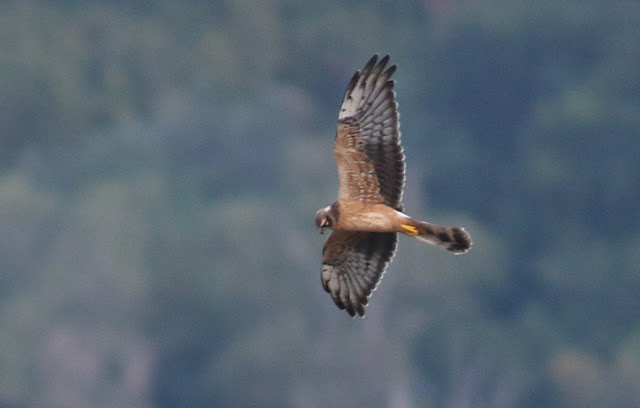Wednesday night we wild camped in the fields east of the village, ran a moth trap, trail camera and night sound recording from there and we spent Thursday around the village. In the evening I birded the fields east of the village and set the moth trap and trail camera up in Paul's garden. Friday (today) I did the Shipka birding road. Ebird lists HERE and HERE.
Planning on spending the afternoon trying to put some names to the moths. If you recognise any please step in!
The nocturnal sound recording round here has been very quiet (a Tawny Owl) and nothing but feral cats on the trail cameras so far. I did get a Badger on the trail camera I put up at Cape Kalikara and sound recorded Golden Jackals there too (will post separately about that when get a chance). Comparatively speaking the nocturnal recording was better on the coast (Tree Pipits, Sandwich Tern, Ortolan Bunting and a couple of unidentified calls) but overall both on the coast and here in the foothills/valley of the Balkans the nocturnal migration (and visible migration) has been surprisingly slow. I managed to pick up a weak movement of raptors moving west of Buzludzha high over the mountains yesterday evening and had three Black Storks this morning clearly catching a thermal and moving on but not much else. However there is no shortage of migrants and birds staging both at the coast and here and there have been interesting roost migrations and local movements (some significant movements of Woodpigeons round here- presumably post breeding flocks moving around).
Juvenile Montagu's Harrier (above and below). The head pattern with a dark boa, pale necklace and dark face mask are quite Pallid Harrier-like but the according to Forsman the most reliable feature to distinguish juvenile Pallid and Montagu's Harrier is the the all dark 'fingers' on Montagu's Harrier with barring in the hand mainly confined to the inner part of the hand. The hand appears framed (by dark trailing edge to the secondaries and dark fingers) whereas in Pallid Harrier the hand is more open, with even barring and barred fingers.
I'm going for juvenile Lesser Kestrel on this bird. There were at least eight 'Kestrels' around this morning with three sitting together and loosely hunting together too. This bird is very pale on the underwing which contrasts with the grey fingers and trailing edge (which suggests juvenile male), the structure looks compact, the moustachial stripe is faint and critically it appears to have the correct wing formula of p10 being clearly longer than p7.
Juvenile Red-backed Shrike with a cricket sp.
Had three Black Storks coming out (from roost presumably) from the Birding Road gulley.
Crested Lark
Roller
Grey-headed Woodpecker
Red-breasted Flycatcher
Episema glaucina
Hecatera cappa (thanks Martin Honey!)
Metasia sp., probably ophialis (Thanks Martin)
Plain Clay
Dark Sword Grass
















No comments:
Post a Comment